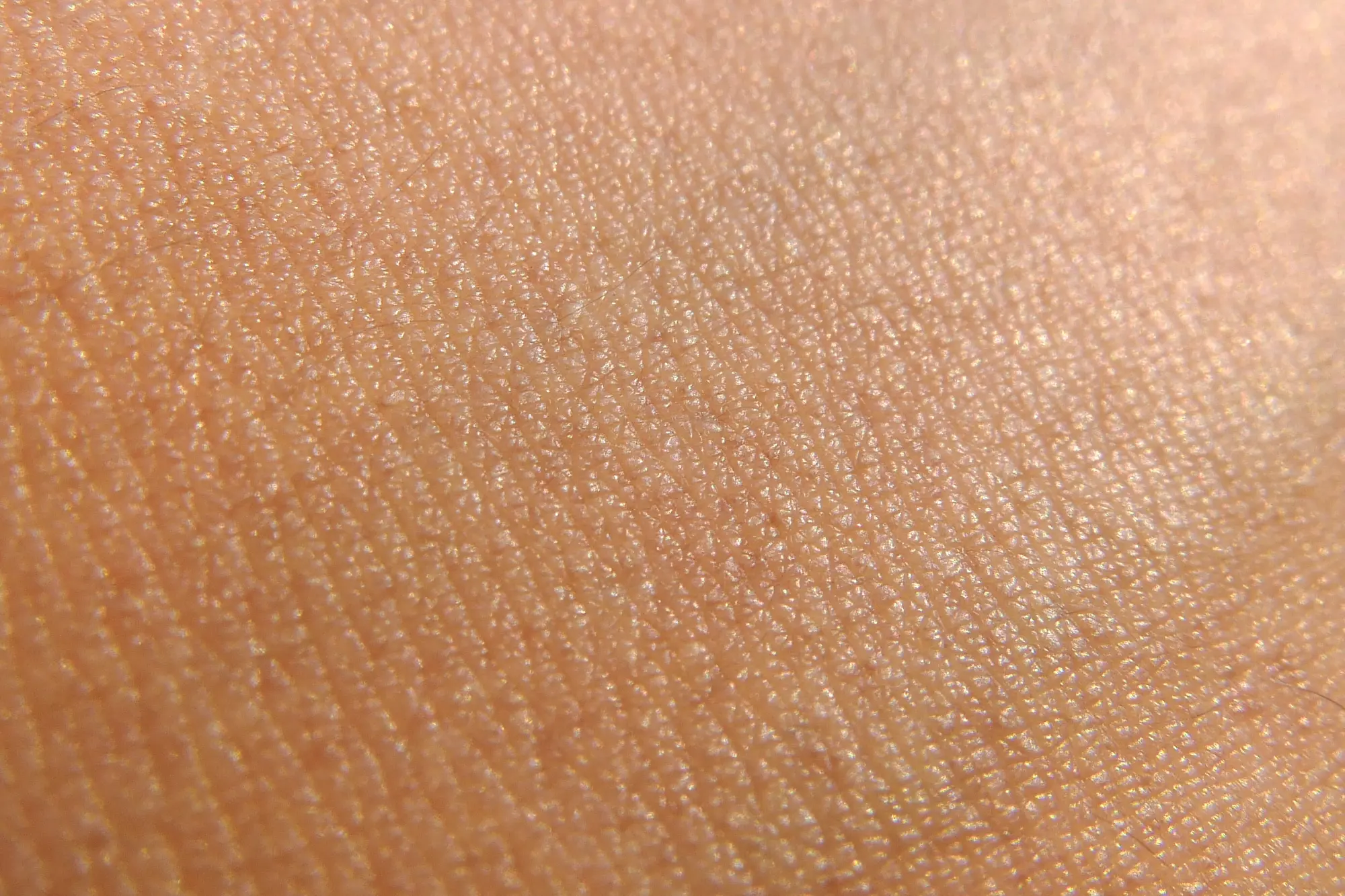
Understanding Your Skin
- Home
- Understanding Your Skin
Understanding Your Skin
What it’s made of, what it does, and when to listen to it
Most people only think about their skin when it’s bothering them. A rash that won’t go away. A strange bump. A dry patch that showed up overnight and now refuses to leave. That’s usually when the questions start.
But your skin is working all the time. It protects you. It helps you stay warm or cool. It heals when you get injured. It even gives you clues when something inside your body needs attention. And most of the time, it does all of this without asking for anything in return.
At Biltmore Dermatology, we believe the more you understand your skin, the more confidence you’ll feel in caring for it. That’s what this article is for. It’s written in plain language, with clarity, compassion, and a focus on what really matters.
What Skin Is Made Of
Your skin has three main layers. Each one has its own job, but they work together to keep you safe and healthy.
Epidermis
This is the outermost layer of skin. It’s what you see and feel when you touch your arm or face. The epidermis creates a barrier to keep out bacteria, pollution, and chemicals. It also helps hold in moisture and protects you from sun damage. New cells are always forming at the bottom of this layer and slowly rising to the surface, where older ones naturally shed off.
Dermis
Beneath the surface is the dermis. This layer contains nerves, blood vessels, sweat glands, oil glands, and hair follicles. It supports your skin’s structure and strength. When you feel pain or pressure, the signal starts here. It’s also where collagen and elastin live — two proteins that help skin stay firm and flexible.
Subcutaneous Tissue
This is the deepest layer, mostly made of fat and connective tissue. It cushions your body, helps regulate temperature, and connects the skin to your muscles and bones.
What Skin Does for You
Your skin isn’t just along for the ride. It plays an active role in your health every day. It:
- Keeps harmful substances out and moisture in
- Helps you regulate body temperature
- Provides sensation so you can feel touch, heat, and pain
- Launches healing when injured
- Supports immune responses
- Helps your body make vitamin D from sunlight
In many ways, your skin is your first line of defense. It reacts to danger, protects what’s inside, and helps repair damage before you even realize it happened.
How Skin Changes Over Time
Your skin will change throughout your life. Sometimes the changes are slow and subtle. Other times they’re more noticeable — like dryness, sensitivity, or discoloration.
Aging, hormones, medication, autoimmune conditions, and even stress can all affect your skin. You might notice it becomes thinner or drier over time. You might also see it react more strongly to things that never used to bother you, like weather changes or new products.
These changes are normal. But if something doesn’t feel right, or if your skin is acting in a way that’s unusual for you, it’s worth getting it checked.
When to Get It Checked
Your skin often speaks up when something isn’t right. You just need to know what to listen for. Here are a few signs that it’s time to come in:
- A mole that is new or changing in size, shape, or color
- Flaking, redness, or itching that sticks around
- A bump that bleeds or scabs over repeatedly
- Swelling or tenderness that won’t go away
- Skin that bruises more easily than usual
- A sore or wound that takes too long to heal
These signs don’t always mean something serious, but they do mean something is worth taking a closer look at. Early care often makes a big difference.
What Healthy Skin Really Means
Healthy skin doesn’t have to be perfect. It doesn’t have to look like it belongs in a magazine or feel like glass. It just needs to do its job.
Real skin has texture. It wrinkles and stretches and sometimes breaks out. It responds to changes in temperature, stress, and hormones. All of that is normal.
Healthy skin feels comfortable, heals well, and stays balanced. It doesn’t need to be flawless. It just needs to be cared for.
How Skin Connects to the Rest of You
Your skin isn’t separate from your health. It often gives the first signs of something deeper happening in your body.
Here are a few examples:
- Dry, flaky skin may point to a thyroid issue
- Yellowing may signal liver problems
- Frequent skin infections could relate to diabetes or immune disorders
- Thickened skin may be linked to autoimmune conditions
- Red patches or flushing could reflect inflammation inside the body
We take these signs seriously because skin is often the body’s early warning system. It shows us things that blood tests or scans might miss at first. That’s why we pay attention to what your skin is trying to say.
How We Approach Skin Care
At Biltmore Dermatology, our approach is simple. We listen. We look closely. We ask the right questions. And we explain things in ways that make sense.
We know that a small change in your skin can feel like a big concern. We don’t dismiss that. Whether it’s a long-term condition or something brand new, we’ll work with you to understand it and build a plan that fits your needs.
Your Skin, Your Story
Your skin tells the story of your life. It remembers the sun, the scrapes, the healing, the changes. It carries your past and protects your future.
When it needs help, it deserves to be heard.
We’re here when you’re ready.
Written by Ryan T. Patterson, NP-C, DCNP
Board-Certified Dermatology Provider
Biltmore Dermatology
Biltmore Dermatology, where we believe great skin care starts with education.